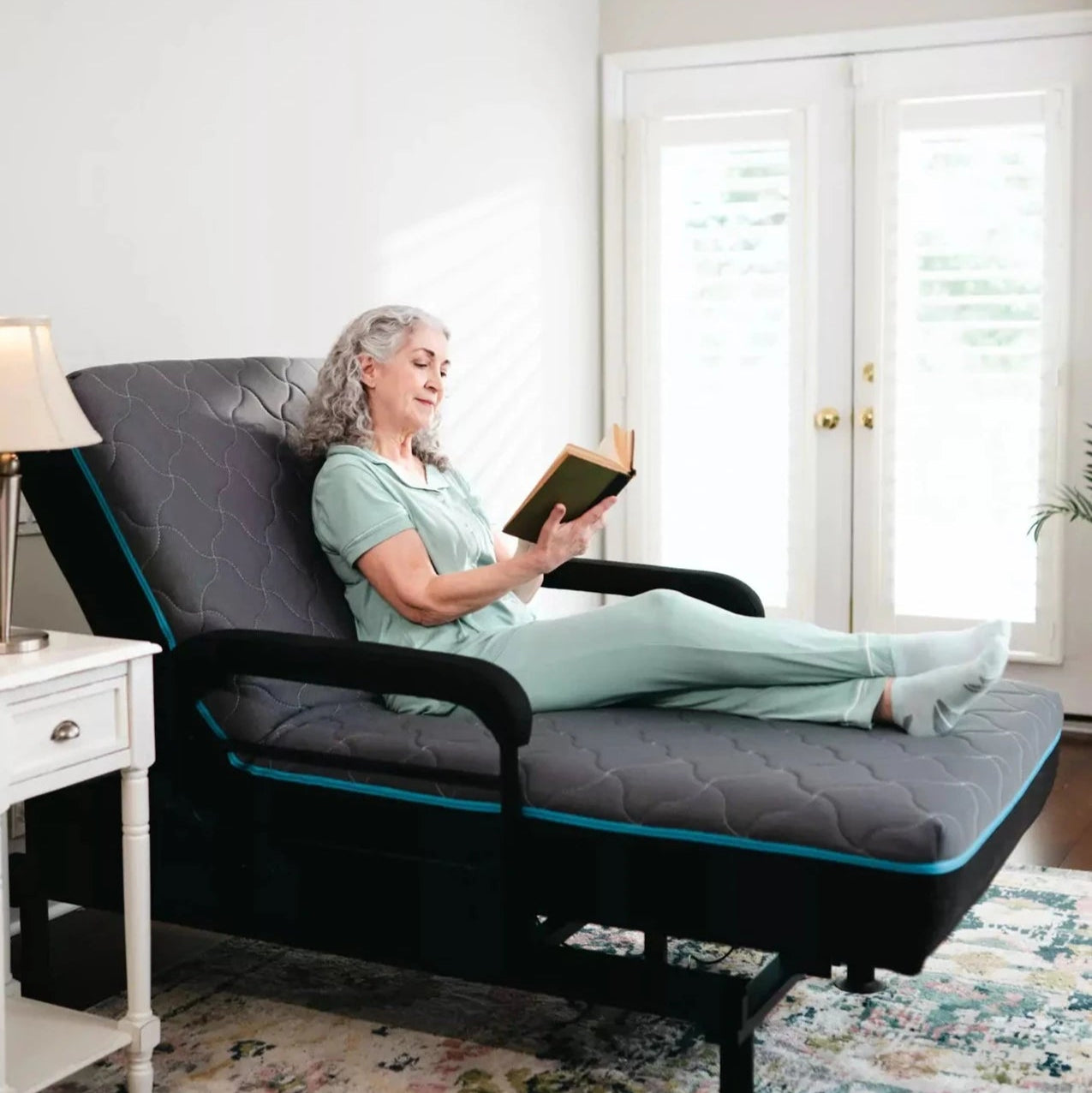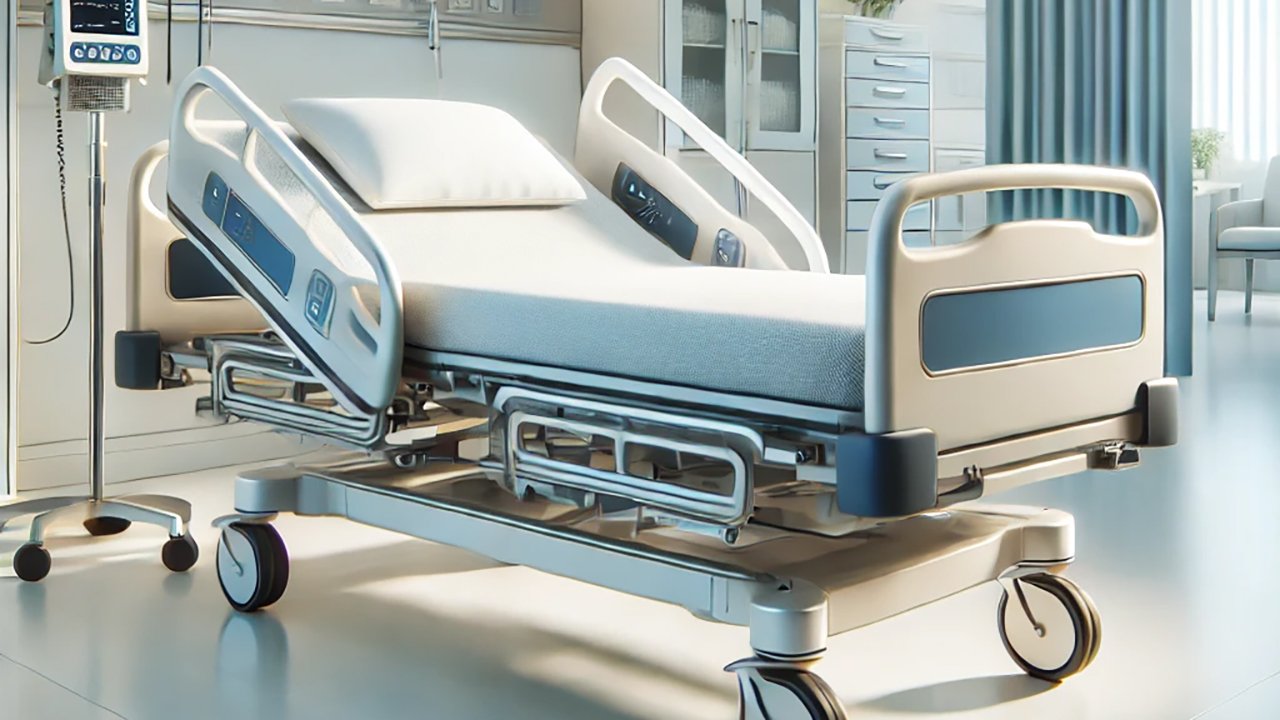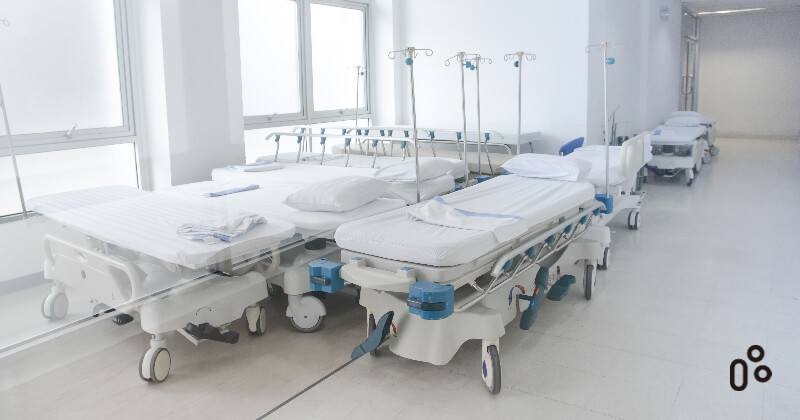8 Easy Facts About Hospital Beds For Home Use Shown
8 Easy Facts About Hospital Beds For Home Use Shown
Blog Article
Hospital Beds For Home Use Things To Know Before You Buy
Table of ContentsGetting The Hospital Beds For Home Use To WorkAn Unbiased View of Hospital Beds For Home UseThe smart Trick of Hospital Beds For Home Use That Nobody is Talking AboutThe Hospital Beds For Home Use DiariesRumored Buzz on Hospital Beds For Home Use6 Simple Techniques For Hospital Beds For Home UseSome Ideas on Hospital Beds For Home Use You Need To Know
There are 3 primary kinds of hospital beds: manual, semi-electric, and fully-electric. Even more kinds of medical beds exist and they are listed below. These beds utilize hand cranks to change the bed's elevation and increase and decrease the head and the foot. Hand cranks are typically found at the foot of the bed and require a person that is literally efficient in operating.
Semi-electric beds have an electrical motor to elevate and decrease the head and foot sections of the bed (hospital beds for home use). Full-electric beds have an electrical motor that can elevate the head and foot areas of the bed as well as the entire elevation and positioning of the bed.
10 Simple Techniques For Hospital Beds For Home Use
There are several kinds of medical facility beds, each designed to satisfy certain patient demands. Below are some common kinds: This is the most typical type of healthcare facility bed, designed for basic medical usage.
Reduced to the ground than a common bed. This sort of bed is designed for larger patients, with a bigger frame and greater weight ability than a common bed. This kind of bed is developed especially for youngsters, with smaller sized sizes than a basic bed. Special functions such as complete size side rails and anime style.
This sort of bed is created for critically sick individuals that require open monitoring and specialized medical devices such as ventilators and mixture pumps. This kind of bed is created for use during labor and shipment, with adjustable settings and functions to sustain the mommy and child during the birth process.
The smart Trick of Hospital Beds For Home Use That Nobody is Discussing
Numerous feature and the accessories execute increasing traction to different components of the vertebra and the extremities without moving the human body. These are just a few instances of the sorts of healthcare facility beds available. The certain kind of bed used will rely on the person's problem, clinical demands, and various other factors.
Below is things you need to know. A one-function healthcare facility bed is a medical bed that allows a person to move only the head or foot section up or down. A 2 feature hospital bed usually refers to a type of clinical bed that has two flexible features to help people in healthcare facilities or care centers.

Not known Details About Hospital Beds For Home Use
A 7-function ICU bed is a kind of medical bed that provides a number of adjustable features to support critically unwell clients in an extensive treatment system (ICU) (hospital beds for home use). The 7 features normally consist of: Backrest modification: The back-rest can be adjusted to various angles to assist the individual sit up or relax easily
Elevation change: The bed can be elevated or lowered to make it less complicated for individuals to enter and out of bed, and for caregivers to supply treatment. Trendelenburg setting: The whole bed can be slanted to advertise blood flow and blood circulation in the body. Reverse Trendelenburg setting: The bed can likewise be tilted in the contrary direction to advertise blood flow and flow in the Visit Your URL top body.
1. What Size is a Hospital Bed? 2. Just how Much Does a Health Center Bed Expense? 3. Why Do Healthcare Facility Beds Have Side Rails? 4. What Are The Main Health Center Bed Components?. While even more affordable than electrical designs, these beds need exertion for adjustments. The major benefits of hands-on beds are their price and reliability, as they do not count on electrical power. Nonetheless, the need for manual initiative can be a limitation in scenarios where fast changes are required or where caregivers face physical challenges.
Little Known Facts About Hospital Beds For Home Use.
They are fit for individuals that need very little rearranging for comfort or clinical needs. Semi-electric healthcare facility beds provide a balance of manual and electrical controls. The head and foot sections are generally readjusted with electrical controls, while the height is readjusted by hand. These beds give a perfect happy medium in between guidebook and fully electric choices, using ease of use without the complete expense like it of electrical versions.
Semi-electric beds are fit for patients who need moderate modifications to the head and foot areas yet can handle without frequent elevation adjustments. This makes them a cost-efficient remedy for those looking for comfort and comfort without the requirement for constant repositioning. Fully electric medical facility beds include electric controls for smooth changes to the elevation, head, and foot areas.
Specialized hospital beds, such as ICU beds, lasting care beds, and bariatric beds, are thoroughly designed to address particular medical requirements. These beds offer tailored treatment for diverse person groups, improving both end results and convenience. In the adhering to areas, we will certainly explore the major kinds of specialty healthcare facility beds, describing their particular advantages and applications.
With years of experience in manufacturing electrical straight actuators - hospital beds for home use and close collaboration with the medical care industry, TiMOTION is well-positioned to offer reputable health care options. Our vertically incorporated company manages every step of the manufacturing procedure, from style to actuator setting up, ensuring we provide extraordinary worth and customized solutions tailored to your specific needs
The Only Guide for Hospital Beds For Home Use

To get more information regarding integrating these technologies right into your items, call us today. Additional analysis:.
Information is sourced from the Medicare Expense Report. Accessed January 2025. Short-term severe care health centers have the greatest typical variety of beds at 187. They are one of the most typical sort of healthcare facility in the U.S. and make up more than 50% of U.S. healthcare facilities. Children's hospitals have 178 beds on standard and VA healthcare facilities average 175 beds.

The Single Strategy To Use For Hospital Beds For Home Use
A hospital bed this is a bed created specifically for medical functions. It is not just a location for people to rest, but likewise a platform for medical operations. Unlike common home beds, health center beds generally have adjustable functions, which can assist in clinical personnel to make numerous modifications according to the demands of people, such as altering the height, disposition, and support angle of the back and legs of the bed.
Report this page